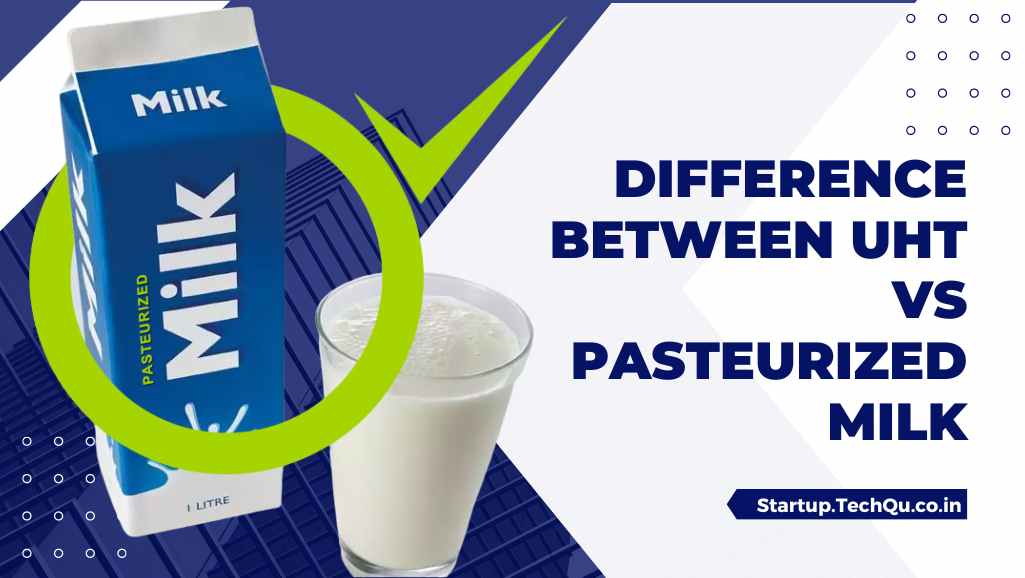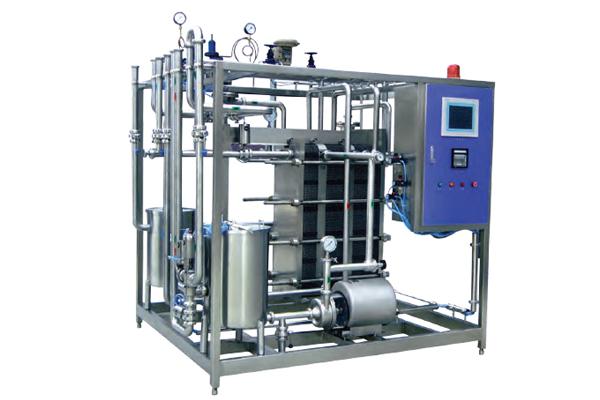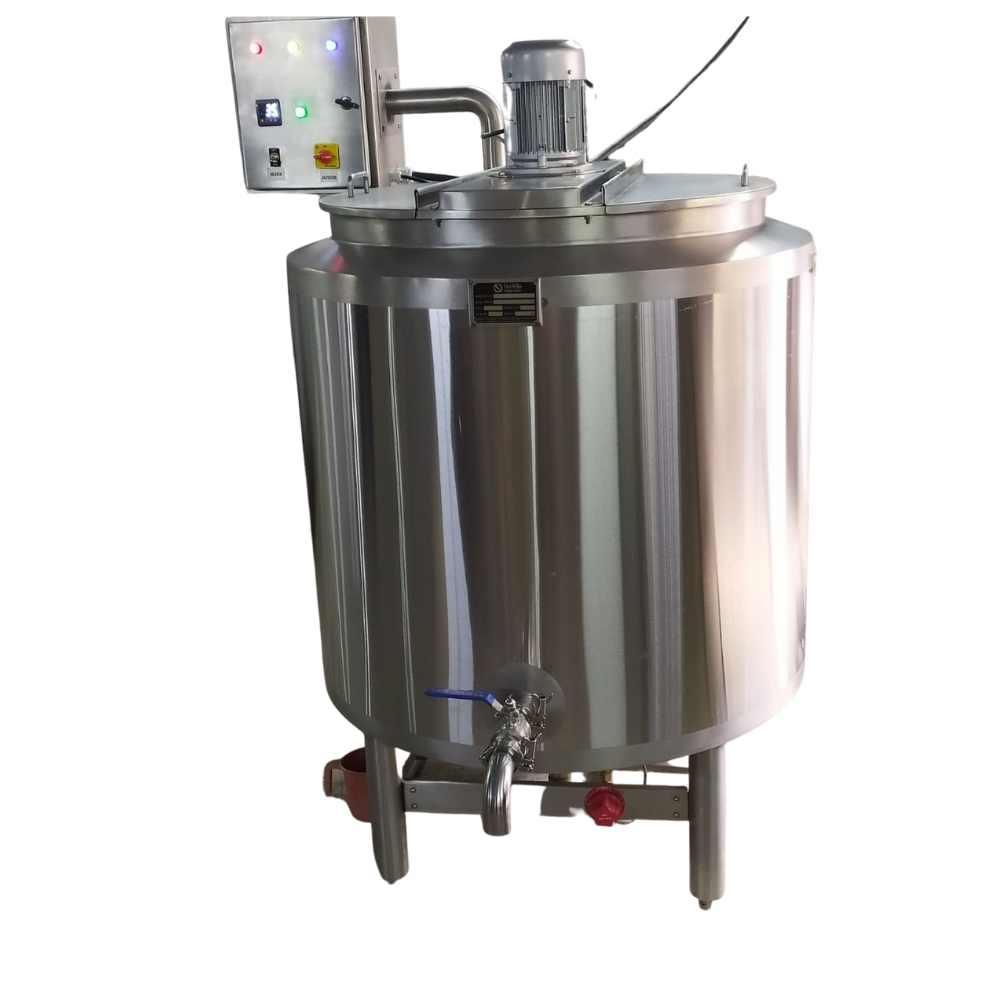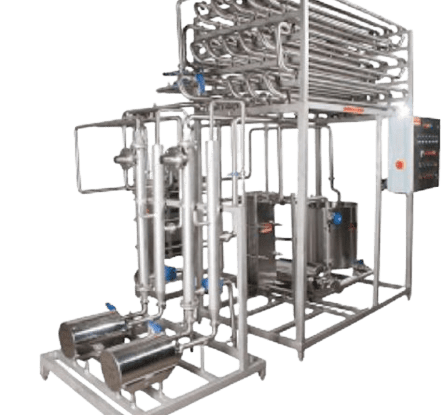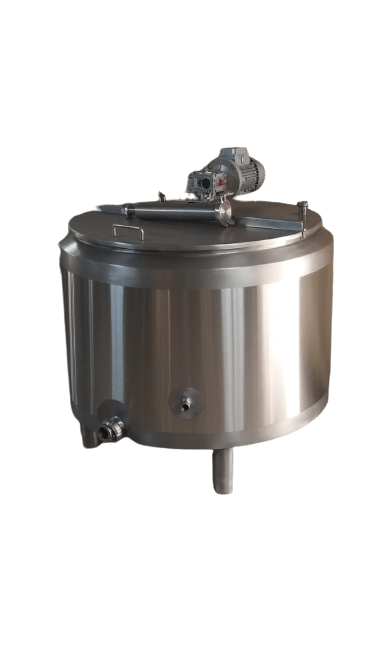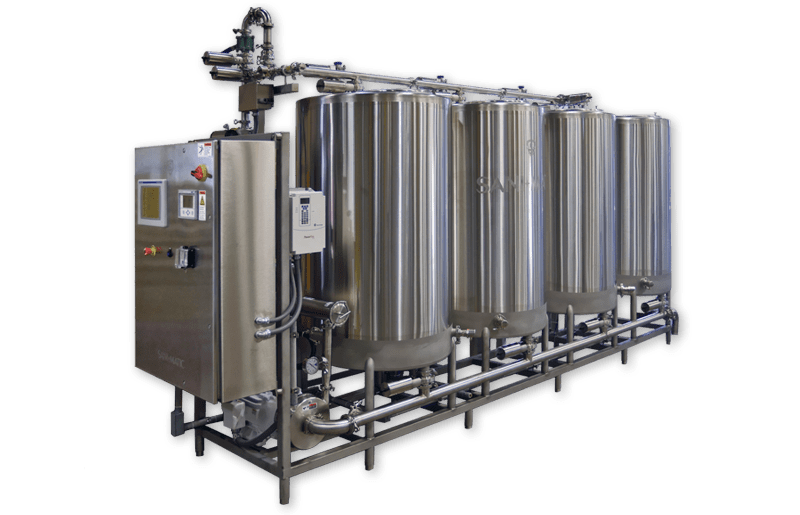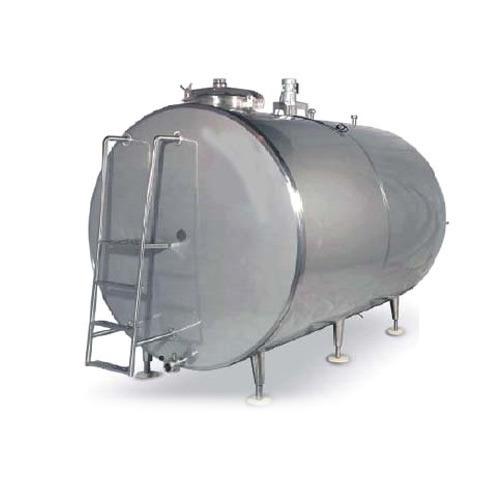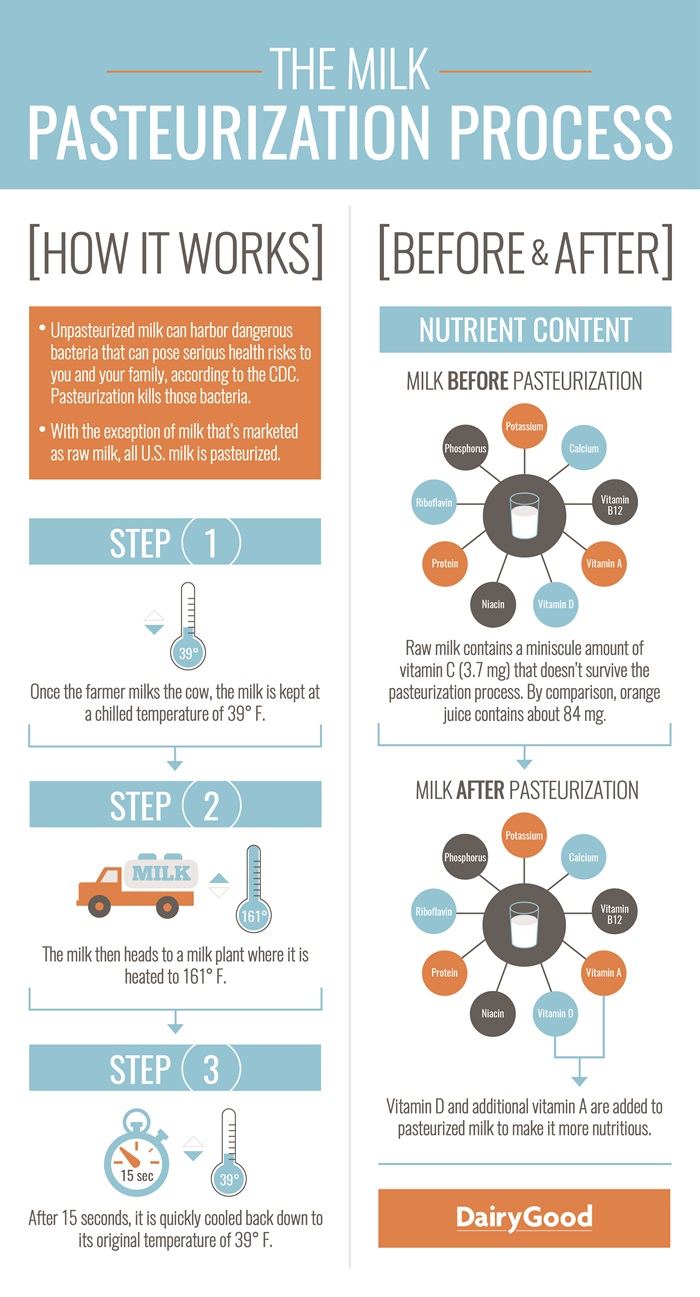
One of the most popular health drinks in India, milk is a nutrient-rich beverage that’s highly beneficial for your health in a number of ways. Considered to be an essential part of our nutrition, it is one of the few habits that we carry on since our childhood and continue as adults. With an extremely high nutritional value, milk is an excellent source of high quality protein and calcium. Today, we have a range of brands that offer both pasteurized and ultra pasteurized milk. Wondering what’s the difference between the two? Let’s explore.
Heat treatment makes it possible for milk to be stored this way. Heat destroys the pathogenic bacteria that may be present in the milk, extending its shelf life. The pasteurization of milk involves quickly heating then cooling it to destroy harmful bacteria and microorganisms present in the milk. Based on the way they’re pasteurized, there are two different types of milk available in the market- Pasteurized and Ultra Pasteurized milk.
Pasteurized Milk
This is your regular milk; the one that needs to be consumed within a week. Pasteurized milk is usually heated to a temperature of 161 degree F for 15 seconds and then rapidly cooled to 39 degrees. This process of pasteurization destroys most of the harmful bacteria and microorganisms present in the milk. Any microbes that might have survived this process can be kept inactive through active refrigeration. This would also prevent the milk from spoiling before the expiry date. Once opened, pasteurized milk needs to be consumed as soon as possible.
Ultra Pasteurized Milk
Also known as UHT milk, Ultra Pasteurized milk is heated to a temperature of 280 degree F for 2 seconds. This process of sterilization destroys all the harmful bacteria and microorganisms that normal pasteurization may have missed. The milk is simultaneously processed through heating and cooling stages. The whole process takes place in a closed system under sterile conditions, after which the milk is packaged into sterile containers. This combination of sterilization and packaging prevents the milk from any sort of contamination.
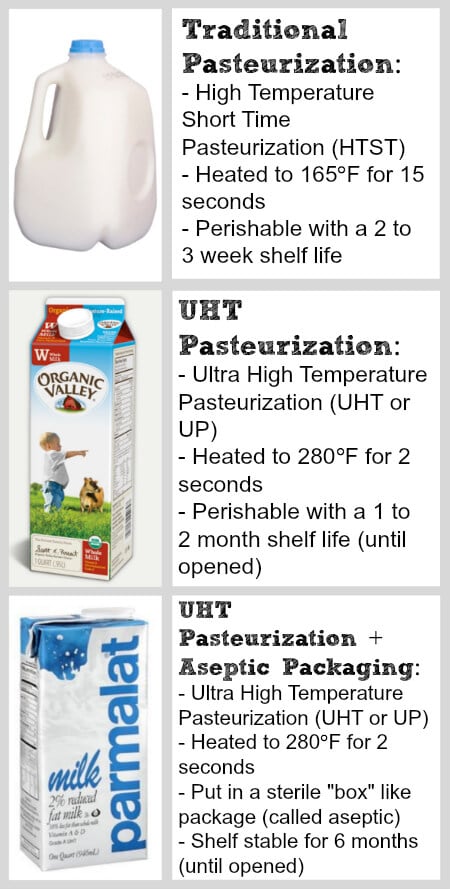
Pasteurized vs. Ultra Pasteurized (UHT) Milk
Let us now highlight some of the main differences between Pasteurized and Ultra Pasteurized milk.
- The first thing you’ll notice about ultra pasteurized or UHT treated milk is that it has a noticeably thicker texture and slightly sweeter taste compared to pasteurized milk.
- Compared to pasteurized milk’s week long shelf life, ultra pasteurized milk has an extended shelf life up to 6 months. Ultra pasteurized or UHT treated milk is processed through UHT treatment, where the milk is heated at temperature ranging from 135-150 degree Celsius for 1-8 seconds before being cooled and packed in sterile tetra packs. This process removes any bacteria or microorganisms that may have escaped in normal pasteurization. A combination of its unique packaging and UHT treatment gives ultra pasteurized milk an extended shelf life without the use of preservatives.
- Unlike pasteurized milk, ultra pasteurized milk comes in a unique six-layered aseptic packaging, which prevents your milk from contamination. In this process of packaging, both the product and the package are separately sterilized.
- Unlike pasteurized milk, ultra pasteurized milk doesn’t require boiling. The UHT treatment of the milk gets rid of almost all bacteria or microorganisms that may spoil the milk. On the other hand, pasteurized milk needs to be boiled before consumption.
- Furthermore, pasteurized milk is packed untreated with H2O2 while ultra-pasteurized milk is treated with H2O2 during packaging.
Conclusion
Pasteurized milk is milk treated to a high temperature of 162°F (72°C) for 15 seconds. This heat is sufficient to eliminate the pathogens that may be present in the milk. While the duration of the treatment makes it possible to preserve the flavor, it starts to decline after several days. Under proper refrigeration, pasteurized milk can last for up to 3 weeks.
However, it is advisable to consume pasteurized milk before its expiration date written on the label. In the US, the storage temperature for raw and pasteurized milk must be maintained to 45°F (7°C) or lower.
UHT milk, on the other hand, is more shelf-life stable than pasteurized milk. UHT-treated milk is milk that has undergone a high temperature of 284°F (140°C) for 2 – 4 seconds. This destroys virtually all the microbes, spoilage enzymes, and unfortunately, the good bacteria (probiotics). And since UHT uses a temperature twice as high as that of pasteurized milk, UHT does not necessarily have to be heated for quite as long. UHT milk sealed in an aseptic packaging can last for up to 6 months or longer even if stored without refrigeration. This answers why milk on the supermarket shelf does not easily go bad.
Ultra-pasteurization significantly lengthens milk’s shelf life. But, it does not taste like regular pasteurized milk and up to 20% less folate, riboflavin, vitamin A, vitamin B12, vitamin C and thiamin. Also lower in antimicrobials, beneficial bacteria, and enzymes and shelf life may not be significantly longer than regular pasteurized milk once opened.
Comparing pasteurized to ultra-pasteurized milk, the difference in taste is apparent right away. Obviously, raw or even low- or high-temperature pasteurized milk will be more delicious than the UHT variety. With that said, some people prefer the taste of UHT milk.
Explore
Related Products

